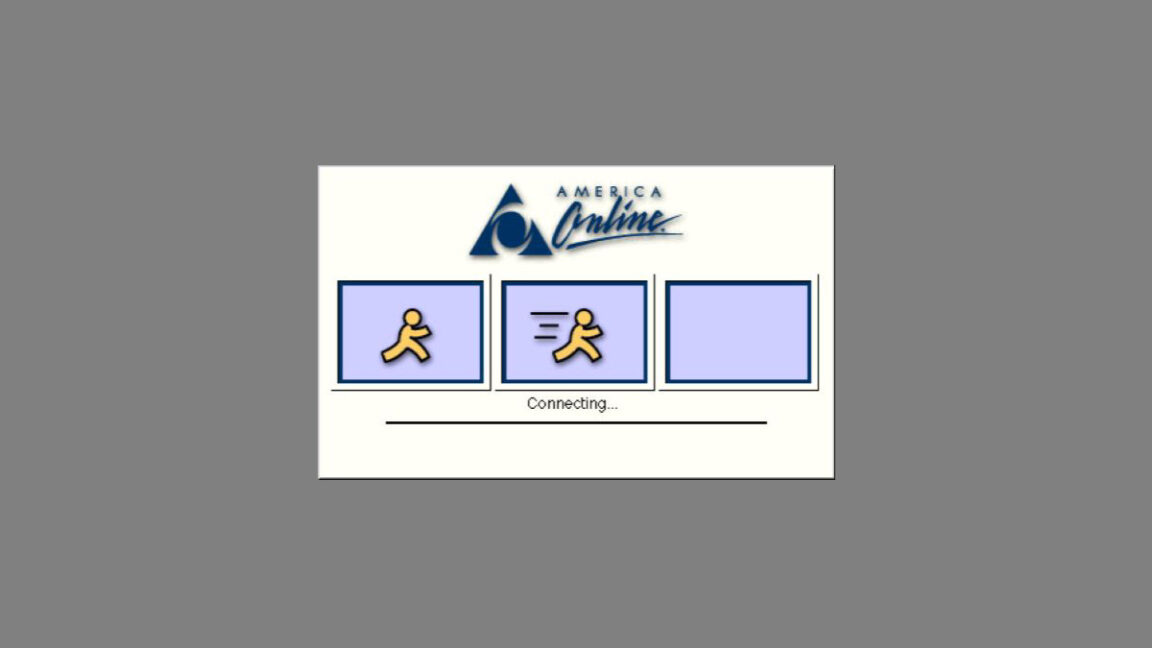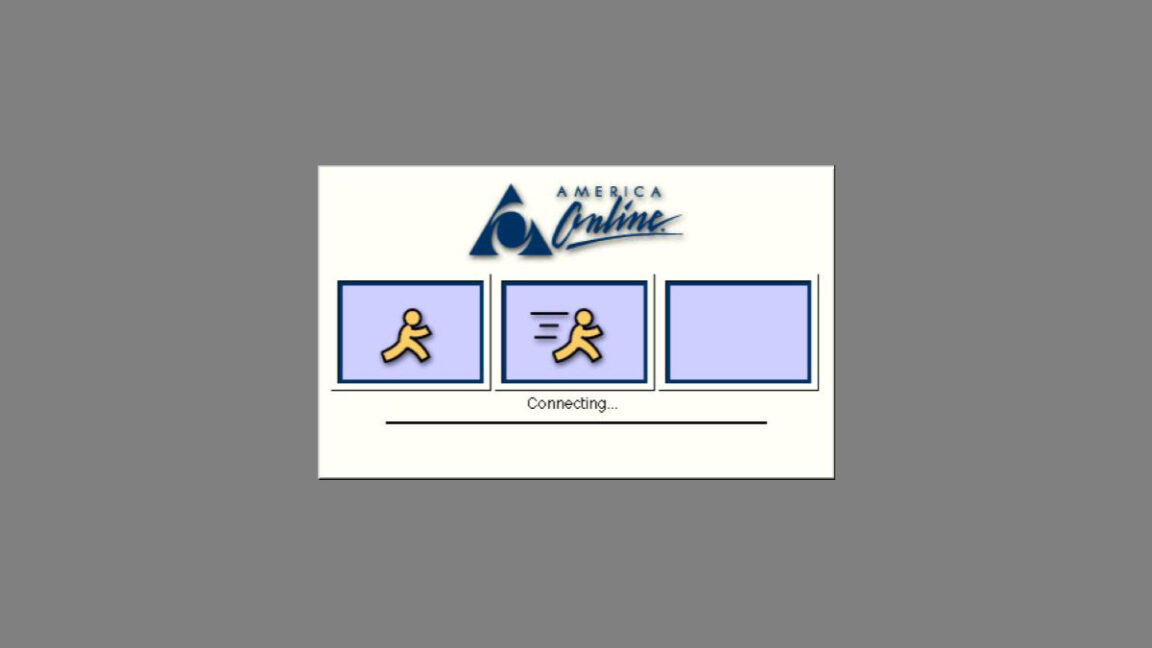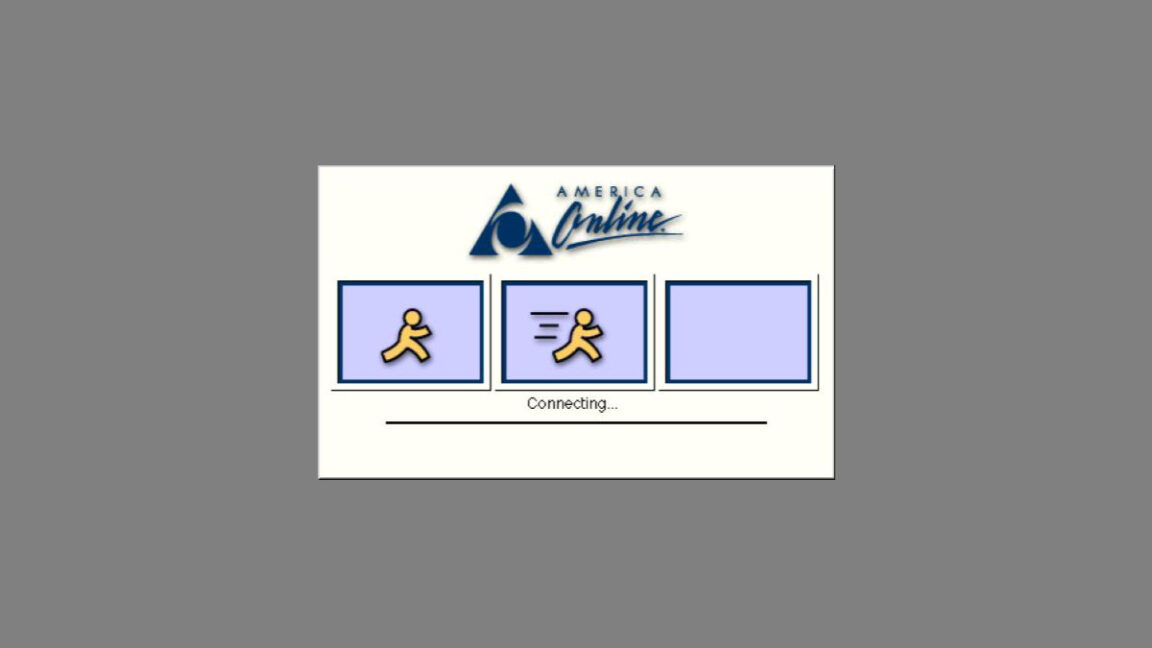AOL to Terminate Dial-Up Internet Access by End of September 2025

After several decades of providing dial-up internet access to Americans via telephone lines, AOL has announced the official shutdown of its dial-up modem service, effective September 30, 2025. This move signals the end of an era for a technology that once served as the primary gateway to the World Wide Web for millions in the 1990s and early 2000s.
AOL confirmed the scheduled shutdown in a customer communication, stating that they routinely evaluate their offerings and have decided it's time to discontinue the dial-up internet service. As part of this change, AOL's Dialer software and AOL Shield browser, both optimized for old systems, will also be phased out.
The AOL dial-up service, initially launched as America Online in 1991, had deep roots in the early digital communication era, beginning with services like Quantum Link in the 1980s. However, true internet capabilities, including Web browsing, became available only in 1994. By then, AOL had been opening digital doors to a growing online world.
In the prime of AOL's service, websites were small, dial-up was the norm, and even fundamental internet tasks were exciting and new. AOL itself became a prominent name and a cultural touchstone, introducing services like AOL Instant Messenger and iconic phrases such as 'You've Got Mail'.
Despite a significant decline in use with the advent of faster broadband technologies, AOL's announcement impacts the approximately 175,000 households in the United States that still rely on dial-up connections, often in rural areas lacking broadband access. For many, this technology provided a crucial link to the digital world, but the shut-down might now push these users towards satellite internet or other alternatives, albeit often at higher costs.
While AOL is stepping away, other niche providers still offer dial-up in areas with no other options. Though technically feasible, sustaining dial-up has become impractical as the web continues to evolve.
AOL's decision underscores the enduring digital divide in America. As broadband technology pushes internet access forward, some communities are left grappling with legacy systems as the only lifeline.
It's clear that maintaining an outdated service like dial-up is becoming untenable for a company needing to focus on forward-looking digital infrastructures.


